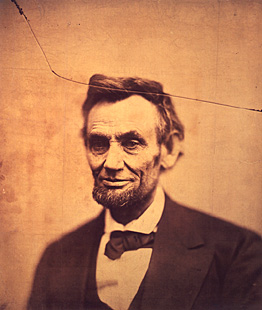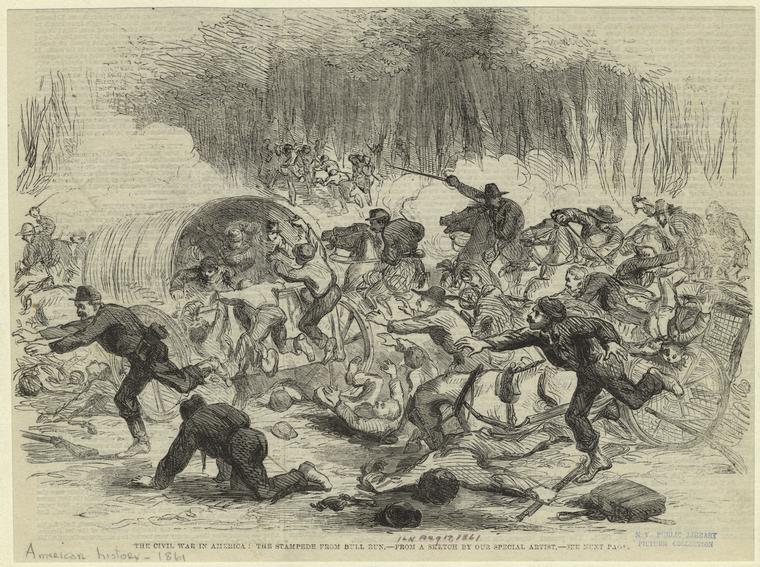Bertram Wyatt-Brown
"Honor has come back, as a king, to earth, And paid his subjects with a royal wage."
-
Rupert Brooke (1914)
Does the venerable ethic of honor apply in any way to our ongoing Middle Eastern wars? In dealing with Afghanistan, it seems that President Barack Obama feels obliged to preserve America’s honor

despite his personal skepticism regarding the outcome. General
David H. Petraeus, the Afghanistan commander, proposes that the U.S. Army’s honor is at stake as well. But if the latest offensive does not achieve realistic results, should we order the troops to soldier on for honor’s sake indefinitely? Are there better alternatives for a cause with few positive advantages? Those are some of the big questions that will face us next summer when the American mission is scheduled to draw down.
From the American perspective, honor, it could be argued, prompts our continuing war in Afghanistan. We don’t use that rather antiquated term except in the ceremony that confers the Medal of Honor for outstanding, self-sacrificing bravery in battle. Since the dawn of human history, however, armies have universally required: respect and obedience to higher authorities; self-denying discipline; and loyalty toward and willingness to defend others in the ranks. These make up the essence of a code. To fail to meet such imperatives can mean shame and disgrace. That stigma must be averted at all costs.
In Afghanistan, the American government obviously sought retribution for the brutal assault of Al Qaeda. We went after the Taliban who were harboring the Arab terrorists. The result was a swift overthrow of the Taliban government. Despite the mistakes of the Bush administration in subsequently ignoring the Afghan situation, even his Democratic and peace-minded successor could not withstand the thrust of American cultural and military history—never admit defeat.
At the same time, according to Bob Woodward’s new exposé,
Obama’s Wars, the president has opposed a full-scale escalation, as strenuously promoted by General Petraeus, Admiral Michael G. Mullen, Chairman of the Joint Chiefs, and other military leaders. In an interview about his book, Woodward mentions an exchange of the President with General Petraeus. Obama told him, “You have to recognize also that I don't think you [will] win this war.” The commander replied, “I think you keep fighting . . . This is the kind of fight we’re in for the rest of our lives and probably our kids’ lives.” Woodward observes that the President knows “how dreary it [the war] is.” Moreover, “he realizes he’s been dealt a bad hand, but he can’t walk away, and so he’s committed but it’s not the George Bush kind of ‘bring it on’ commitment.” To go down that path means the expenditure of trillions more, absorbing heavier casualties, and still without prospect of “mission accomplished.”
While setting a relatively early date for reducing the national commitment there, the president could not brush aside the military enthusiasm for fighting on. As a result, a minor escalation of 30,000 additional troops was granted to carry out a new war strategy. Yet, this compromise was also designed to satisfy the army’s need for reassurance of its honor in the eyes of the nation. The fear is that not to do so would create disrespect both at home, politically, and abroad. We must be esteemed for our American determination, guts, and willingness to see things through.
In order to understand better the Afghan issue, let’s look at the role of honor in the Middle East. There, its ancient principles have their deepest roots. Knowing little of the cultural setting in which we find ourselves engaged, the American public must be appalled, for instance, by what are known as “honor killings.” As of 2000 a UN report estimated that 5,000 women are murdered every year at the hands of relatives. In 2003 a sub-cabinet official in the Pakistani government guessed that at least 1,261 Pakistani women were killed for sexual misconduct, as the community and family perceived it. Often enough such deaths are authorized by the
jirgas, or councils of patriarchs. The Middle East is largely dominated by male authority. In that region, familial, clan, and tribal ties are in the hands of men, notably so in Afghanistan. In a rigidly structured hierarchy, all adult males regardless of social status, bear the prime responsibility for defending and projecting the honor of their relations, clan, and tribe. The honor code makes deadly revenge a paramount duty. That is especially so when the Afghans believe that they, their way of life, and Islamic faith have been grossly insulted by outside and dangerous forces.
In dealing with a never-conquered mountain warrior people, General Petraeus offers an innovative approach to warfare. It may prove more successful than the tradition of “search and destroy.” The formula is to show respect for the whole culture, its leaders and civilians. The Afghans can be most welcoming when the guest’s deep respect is manifest. That, Petraeus

believes, is the key for winning over reluctant tribesmen. He orders subordinates to follow some well-planned instructions. To that end, he prescribes that all officers and men should conform to the revered principles of agreeable conversations over tea and offered hospitality; make skillful gestures to suggest the agreed upon equality of all parties; and engage in the exchange of gifts. They are what we might consider bribes. In Afghan eyes, however, the reception of largesse is an honorable transaction. The exchange serves as a pledge for solidifying the mutual loyalty and respect of the parties involved. Money or favors seal the oral contract. At the same time, the general pursues with as much force as possible military action against the Taliban and Al Qaeda.
This subtle, nuanced, and yet aggressive approach may still be insufficient. Thousands of decades of nearly constant warfare of family against family, clan against clan, and tribe against tribe are not to be overcome in even a few years. We may have a modern approach to martial ways. Nonetheless, the Afghans, especially Pashtuns, know how to fight small actions and how to wear down their foes by unappeasable resistance. The country continues to live up to its reputation as “the graveyard of empires.” Do we have the patience to see this war through to its perhaps endless denouement, as Petraeus predicts?
Without a military draft commensurate with the alleged seriousness of the conflict, the American military establishment relies on a relatively small number of increasingly battle-worn troops, who are recycled sometimes as often as a dozen times. The public is blessedly indifferent to their plight. We can hope, however, that General Petraeus and the President can prove the indisputable worthiness of the mission. Our own sense of honor in warfare has already exacted a high price. With reference to the ironic epigraph by the English war poet Rupert Brooke, should honor continue to be worshiped as a “king?” The poet had in mind the number of monarchs whose armies were engaged in the Great War—King George V of England, Kaiser Wilhelm II of Germany, Emperor Franz Joseph of Austria-Hungary, Tsar Nicholas II of Russia, Sultan Mehmed V of the Ottoman Empire. Their honor was deemed at stake in the desperate struggle. Yet, even if that primordial code offers a “royal wage” in the form of blood and treasure, as Brooke implies, are our nation’s current aims and sacrifices worthwhile?
The answer will not be easy to fathom at this juncture in our national history.
 Washington has inspired an avalanche of words. As Wood notes:
Washington has inspired an avalanche of words. As Wood notes:































